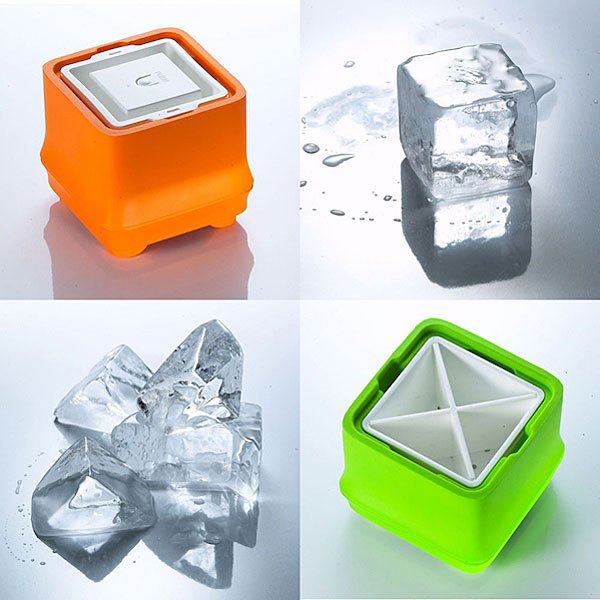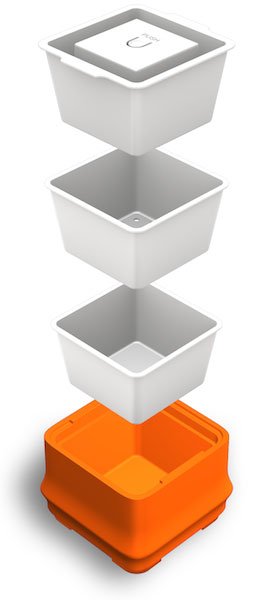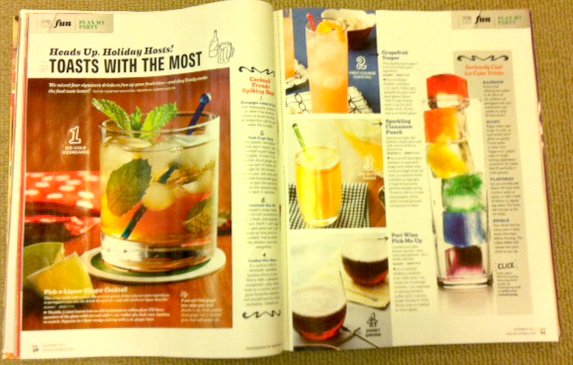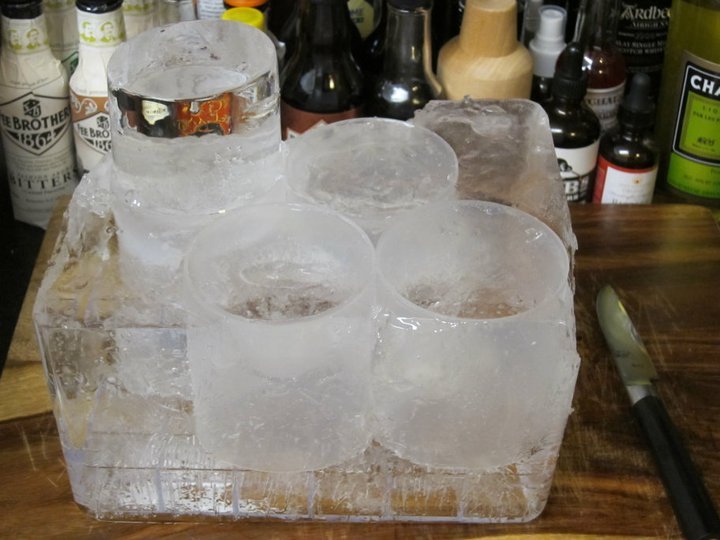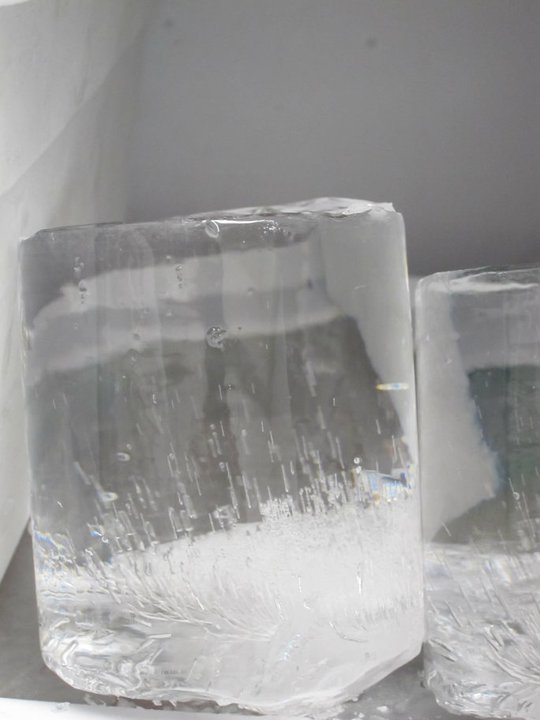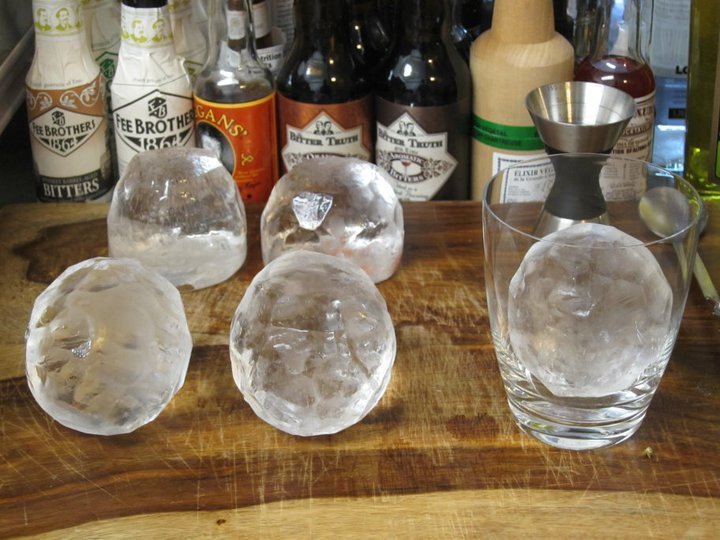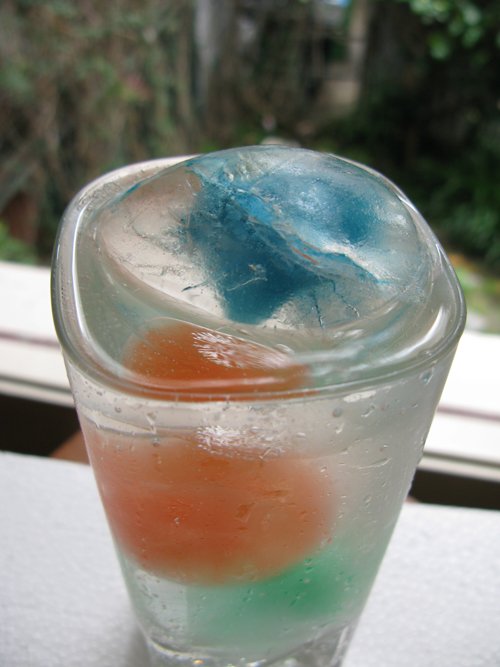I got it into my head that I want to see a pond or lake ice harvest, despite my contempt for winter.
Commercial ice harvests changed the cocktail landscape in America in the early-mid 1800s, allowing for the creation of juleps and cobblers and the popularization of the drinking straw and the cocktail shaker.
Today there is still ice harvesting on many American lakes and ponds. As far as I can tell it's more historic reenactment more than practical, with most of the places that have an ice harvest limited to a single day of the year.

Most places bring out the old tools – the long saws and the hooks – and allow people to cut up pre-scored sections of ice. Then they float it to the collection point on the lake, grab it with a hook, and slide it on a series of ramps (or sometimes pull it with a horse or tractor) into an ice house, where the blocks of ice are stacked with layers of sawdust in between.
I was looking for one that I might visit and came up with several places, so I thought I'd share them with you in case you live nearby.
Note that I first compiled this list several years ago so it's highly likely that not all of these places are still doing ice harvests.
Modern Ice Harvests
– Tobyhanna ice harvest – Near the Steamtown National Historic Site near Scranton, Pennsylvania. They run a train to the ice harvest. A write-up on the harvest is here.
– Howell Living History Farm – in Lambertville, New Jersey. I believe the ice harvest date is January 28th. In addition to harvesting, you can make ice cream with the ice. Information from last year is here.
– Curran Homestead – Located near Bangor, Maine. The next Ice harvest is on February 11, 2012.
– Cape Pond Ice – This is not an ice harvesting location, but a modern manufactured ice house in Gloucester, Massachusetts. They offer tours.
– Thompson Ice House - Located in South Bristol, Maine, which looks pretty far out there. The ice harvest is in February but the date hasn't been announced yet.
– Hanford Mills Museum – Not far from Cooperstown or Oneonta, New York. The 2012 ice harvest is on February 4, 2012. Besides the ice harvest there are vintage cooking demonstrations and lots of food for sale.
– Brookfield Ice Harvest – In Brookfield, Vermont, a ways from Burlington. Not sure of the website or the exact date, but last year it was January 29. Call 802-276-3959 for information. Some details here. "Activities include ice cutting and ice boom demonstrations, an ice-hauling contest, a chance to try hand-made snowshoes and view ice sculpting."
- Longfellow's Wayside Inn – In Sudbury, Massachusetts. Nothing on the calendar yet, but last year they did ice harvesting.
- Old Sturbridge Village – In central Massachussetts. Had ice harvest demos in the past, I don't see any on the calendar for 2012.
- Ice Alaska – This is more of an ice carving celebration/competition near Fairbanks. The park is open February 28 – March 25, 2012. They harvest ice from an on-site pond with a more modern tool that looks like a saw on legs. I don't know if the ice harvest is demonstrated for the public or not.
I haven't seen any case where it's a public event, but some Amish people harvest ice. There are some good write-ups online.
Saranac Lake Winter Carnival in upstate New York builds an ice palace every year and cuts ice using a 1930s power saw. A good article with pictures is here. (Thanks to commenter Climber9 for the tip.) I'm not sure if the ice harvest is open to the public or not.
Thanks to Kevin Sargent for pointing out the following additional ice harvests in New Hampshire:
Muster Field Farm in North Sutton, New Hampshire, has an annual ice harvest on its calendar of events.
Squam Lakes in Holderness, New Hampshire has an annual ice harvest operated by "Rockywold-Deephaven Camps along with David White, of the White Forest Farm." I'm not sure if it's open to the public but check the link to see.
The Remick Country Doctor Museum & Farm in Tamworth Village, NH has an annual Ice Harvest & Winter Carnival.
Kline Creek Farm in Winfield, Illinois has an annual ice harvest. In 2019 it was Feb 1-3. (Thank you Holly.)

Please let me know in the comments if you find any others.
An index of all of the ice experiments on Alcademics can be found here.
